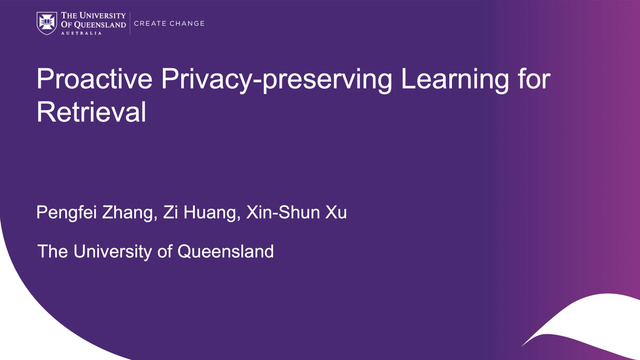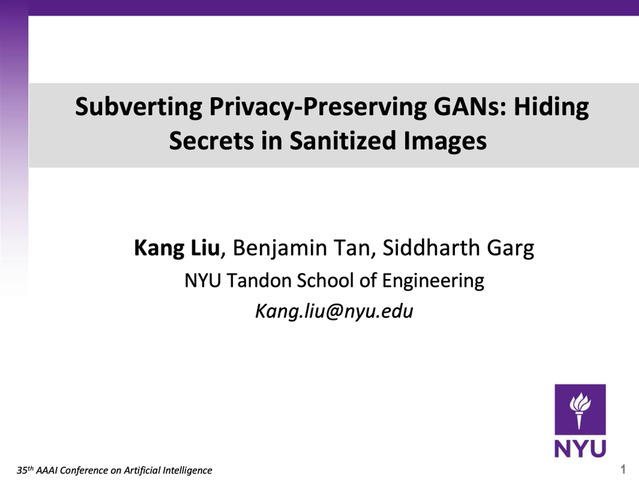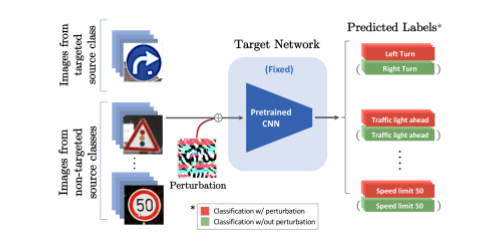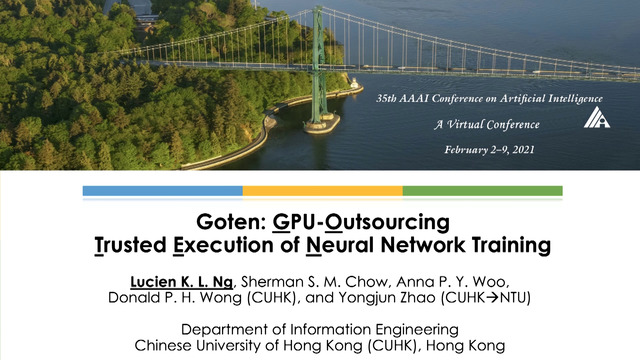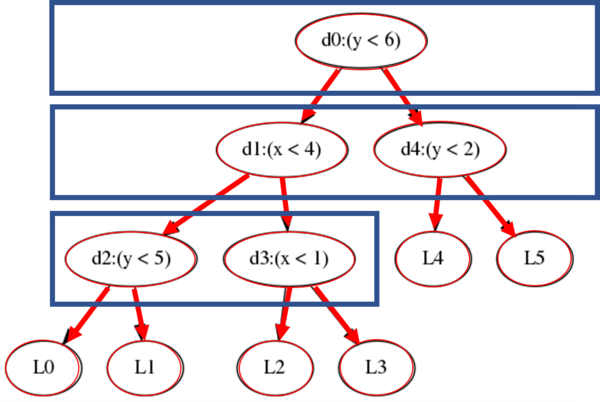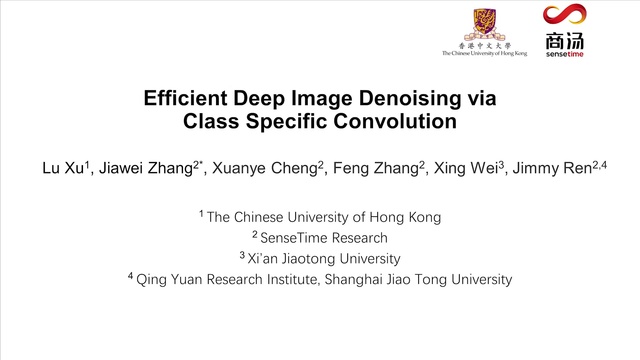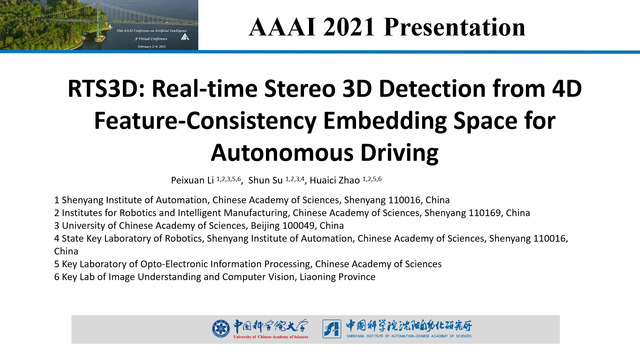Abstract:
Modern cameras are not designed with computer vision or machine learning as the target application. There is a need for a new class of vision sensors that are privacy preserving by design, that do not leak private information and collect only the information necessary for a target machine learning task. In this paper, we introduce key-nets, which are convolutional networks paired with a custom vision sensor which applies an optical/analog transform such that the key-net can perform exact encrypted inference on this transformed image, but the image is not interpretable by a human or any other key-net. We provide five sufficient conditions for an optical transformation suitable for a key-net, and show that generalized stochastic matrices (e.g. scale, bias and fractional pixel shuffling) satisfy these conditions. We motivate the key-net by showing that without it there is a utility/privacy tradeoff for a network fine-tuned directly on optically transformed images for face identification and object detection. Finally, we show that a key-net is equivalent to homomorphic encryption using a Hill cipher, with an upper bound on memory and runtime that scales quadratically with a user specified privacy parameter. Therefore, the key-net is the first practical, efficient and privacy preserving vision sensor based on optical homomorphic encryption.







